HTC U Ultra vs HTC U Play: What’s the difference?
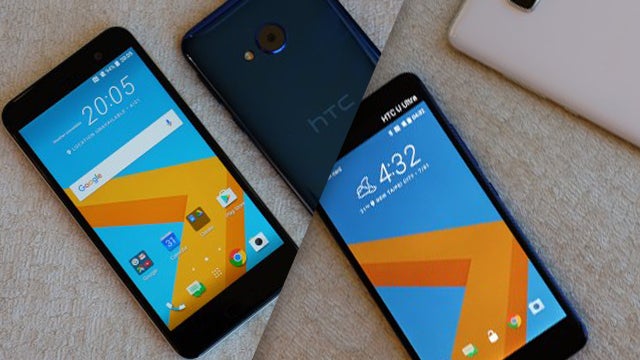
HTC U Ultra vs HTC U Play: We take a look at HTC’s newly launched handsets to see how they compare. Here’s all you need to know about the key specs, features, and main differences.
HTC is looking to top last year’s HTC 10 with its new U Ultra and U Play handsets. Last year’s HTC flagship was a great smartphone, but it looks like HTC might just have topped it with the new U Ultra.
But what’s the U Play all about? It’s obviously a more mid-range offering, but is it really that different to its higher-end cousin? Allow us to explain…
HTC U Ultra vs HTC U Play: Design & Display
HTC’s switched things up since the HTC 10, opting instead for a smoother overall look. On the U Ultra, in place of the harsh lines and chamfered edges, you’ll find a unibody design with a metal rim running around the side. The ‘Liquid Surface Design’, as it has been dubbed, has been used on both the U Ultra and the U Play, and is apparently inspired by the movements of water.
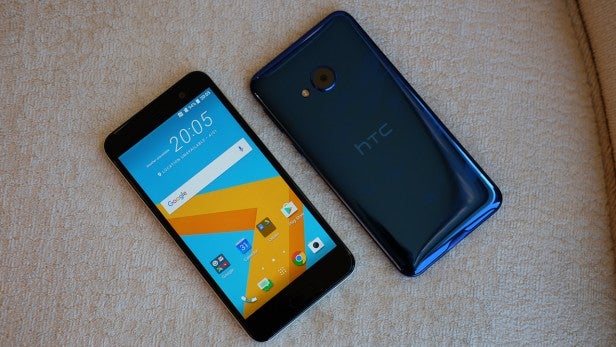
If you’ve ever seen a Jet Black iPhone 7, then the HTC U Ultra and the U Play have a similarly shiny finish. HTC says the glass construction is much tougher than the scratchtastic iPhone, but we’re yet to test this out.
In all then, the two phones look very similar, making the main difference their size: the U Ultra is a 5.7-inch device, while the Play comes in at a more modest 5.2-inches.
Related: Best smartphone

The other main difference is the lack of a second screen on the Play. HTC has crammed a second screen above the main display on the U Ultra, much like the LG V20’s extra display, but has neglected to include it on the U Play. This second screen shows notifications and short messages, but seems like somewhat of a gimmick at this point. We’ll have more once we’ve reviewed the U Ultra.
But what about the main screens? Well, while both are LCD displays, the Ultra’s 5.7-inch screen comes with an impressive sounding 2,560 x 1,440 pixel resolution (QHD), while the Play is a more bog standard Full HD (1080p) offering.
HTC U Ultra vs HTC U Play: Hardware
Get under the bonnet of HTC’s new handsets and there’s even more differences to ponder. Our brief hands-on time with the pair hinted at ample performance, with the U Ultra packing a quad-core Snapdragon 821 SoC clocked at up to 2.15GHz and backed up by 4GB of RAM. By way of reference, the 821 was Qualcomm’s top-of-the-line processor prior to the introduction of the Snapdragon 835 at CES 2017.
Related: CES 2017 recap and highlights
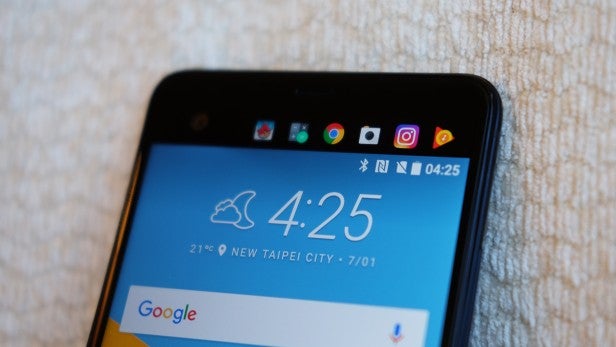
As you’d expect given its mid-range positioning, the HTC U Play features a less flashy processor, coming with an octa-core MediaTek Helio P10 chipset (clock speed TBC). Models with 3GB and 4GB of RAM will be available, though we’d only expect one to come to the UK.
Storage options vary, too. The U Ultra comes in 64GB and 128GB variants, while the U Play lets you choose between 32GB or 64GB of space. Both devices, however, support storage expansion of up to 2TB via microSD card.
Lastly, HTC has followed Apple’s (controversial) lead and chosen to do away with the headphone jack on the U Play and U Ultra, instead including a sole USB-C port. HTC does include a pair of high-res audio-enabled in-ear headphones in the box, however.
HTC U Ultra vs HTC U Play: Software
As with previous HTC handsets, the U Ultra and U Play will run on Android. When we tried out both phones, they were still running on the same (older) Android software as the HTC 10, but HTC told us the final versions would be different.
We now know that the U Ultra will indeed ship with Android 7.0 Nougat, though the official spec sheet for the U Play is less forthcoming and still refers to an unspecified version of Android.

As ever though, you won’t be getting a pure Android experience with HTC’s new phones – both handsets will come skinned with the firm’s custom ‘HTC Sense’ software, which is a bit of a Marmite affair if you ask us.
We obviously need to spend more time with the devices before commenting on their software capabilities, but one potentially useful new addition comes in the form of AI integration.
Both phones come with smart elements baked in to the software, like supposedly only showing you notifications that actually matter, and learning your schedule to set relevant alarms when you’re travelling.
What’s more, If it senses you’ve got a busy day and you’re likely to run out of battery before it’s up, the phone will shut off non-essential functions to make sure you make it through.
HTC U Ultra vs HTC U Play: Camera
The duo’s camera set-ups hum to different tunes as well. On the U Ultra, you can expect to see a 12-megapixel ‘UltraPixel 2’-branded sensor complete with OIS (optical image stabilisation), an f/1.8 lens and 1.55 micron pixels. Around the front is a 16-megapixel selfie shooter, with an ‘UltraPixel’ mode for lower light and auto-HDR option.
The HTC 10 came with similar specs, and while the camera was good last time around, it wasn’t anything to get too excited about.
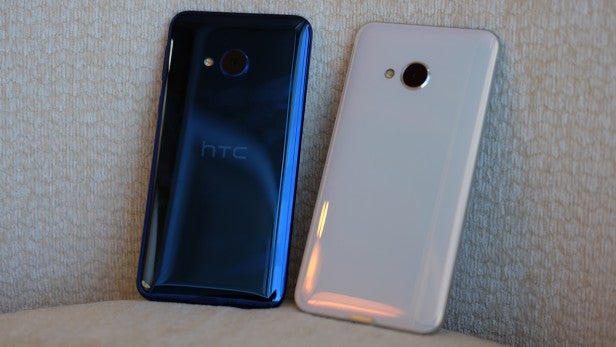
Turning to the U Play, you’ll find a 16-megapixel main sensor that will likely be less capable than the Ultra’s offering. That said, there’s still phase-detection autofocus and optical image stabilisation, along with a useful auto-HDR mode. Round the front, there’s also a 16-megapixel setup, minus the image stabilisation.
In truth, we won’t really know how HTC’s latest smartphone shooters perform until we get them out in the wild, so stay tuned for our full review.
HTC U Ultra vs HTC U Play: Price and release
We’ve been told both phones will launch in Q1 2017, though we’re still waiting for a precise release date. We’re also waiting to hear how much each handset will cost as HTC isn’t giving away pricing details just yet, only that its UK retail partners include Carphone Warehouse, Amazon, Argos, and Very.
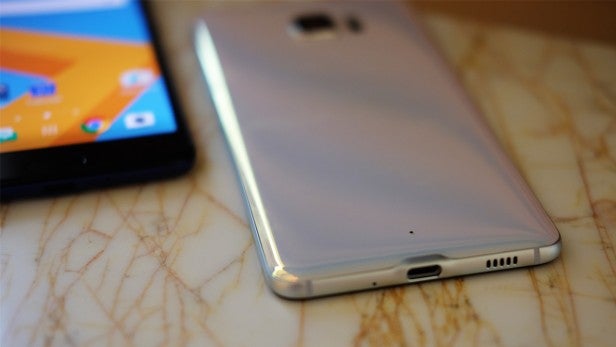
Of course, you can be sure the U Ultra will be more expensive than the U Play, but by how much, we’re not sure – stay tuned for the latest.
HTC U Ultra vs HTC U Play: Summary
On paper, the U Ultra obviously outdoes the Play. It’s a higher-end phone so will be an all-round more capable device, but will it ultimately represent better value?
The U Play offers many of the exciting features that come with the Ultra, such as the AI element and the slick new design, so if you’re not fussed about QHD displays and fancy-pants cameras, the U Play could be a tempting mid-range device.
We’ll have to review both phones in full – not to mention wait for UK pricing to be revealed – to see which offers the most punch for your plummeting pound.
WATCH: What’s the best phone in the world right now?
U Ultra, U Play, or U Sod Off? Let us know your thoughts on HTC’s new handsets in the comments below.

